Garbage and water hyacinth surround the beach
Bai Dau is one of the luxury tourist destinations in the Ba Ria - Vung Tau area with many restaurants, cafes, and resorts that are popular with tourists. However, since the appearance of ocean trash, it has significantly affected business. The owner of a 5-star resort shared that ocean trash has invaded Vung Tau beaches, affecting the urban beauty and marine environment. Because the area has many rocky shores under the beach, garbage collection is difficult, sometimes only once a week, causing a foul smell.
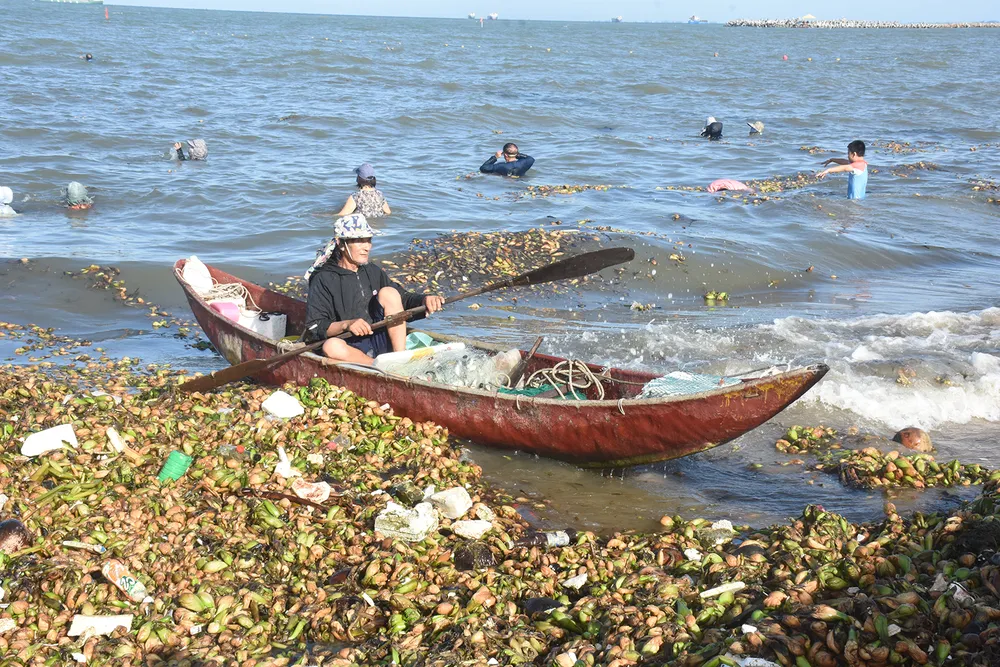
Meanwhile, in the central area, the environmental sanitation force of Vung Tau Urban Works and Environmental Services Joint Stock Company (VESCO) often has a hard time collecting trash. Mr. Nguyen Xuan Hau, Deputy General Director of VESCO, said that on days when trash flows to the beach, the amount of trash that needs to be treated increases from 15-20 tons, even 50-60 tons on some days.
The large amount of garbage increases both transportation and treatment costs. With the current treatment price of 374,269 VND/ton, the cost of garbage treatment can increase by 5.6-22 million VND/day on days when there is garbage on the beach. "Previously, with about 1km of beach area, VESCO only had 3 workers to clean it. But since the appearance of ocean garbage and water hyacinth, every day the company has to mobilize 30-40 workers to work continuously from 4am to 5pm to keep up with it," said Mr. Nguyen Xuan Hau.
Another tourist destination is Binh Chau beach, which from May to October every year also has to "struggling" to bear a large amount of garbage stretching hundreds of meters along the embankment, mixed with moss and sand. Mr. Huynh Van Thanh, a resident of Binh Hoa hamlet, Binh Chau commune, said that in previous years, Binh Chau beach also had waves of garbage, but never in a year as much as this year. Binh Chau commune authorities have mobilized local forces such as militia, youth union members, mass organizations, etc. to carry out the "beach cleaning" campaign. Mechanical vehicles such as excavators and dump trucks have also been mobilized to collect large and bulky amounts of garbage.
Dr. Pham Ngoc Thinh, Branch of Thuyloi University in Binh Duong :
In order to effectively prevent the source of garbage from encroaching on Vung Tau tourist beach, Ho Chi Minh City needs to develop plans, survey terrain factors, and prepare means to proactively collect the amount of garbage drifting ashore at different times. It is necessary to build a monitoring system and early warning of garbage drifting ashore through the application of fixed camera systems, UAVs and mathematical simulation models to predict the time when garbage drifts ashore a certain period of time in advance to help management agencies proactively respond and collect...
Located in the middle of the ocean, Con Dao Special Zone is also in a similar situation. Ms. Le Mong Thuy, Director of the Public Works Management Board of Con Dao Special Zone, said that during the monsoon season from September this year to February next year, a lot of ocean waste drifts to the coast of Con Dao, especially in the areas of Bai Vong, Suoi Ot, Ben Dam, Dam Trau, Bai Nhat... making the work of cleaning the beaches more difficult, the amount of waste collected is up to several hundred tons each year. "Here, the waste collected is mainly nets, ropes, packaging, buoys... used in catching seafood that are buried deep under the sea, swept into coral reefs, marine vegetation, and entangled in mangrove forests," Ms. Le Mong Thuy said.
In addition, at many times, Vung Tau had to mobilize hundreds of workers and machines to collect hundreds of tons of water hyacinth that landed on the shore every day to clean the beach. When the water receded, on the sand, the company cleaned the trash with manual tools; where there was still water, they used excavators, then put it on specialized trucks to compact the trash and take it to the treatment plant. But then, when the tide rose, the water hyacinth came back.
Difficulty finding a solution
Faced with the above situation, although the local government has continuously deployed solutions, they are only at the level of responding and handling the situation, not being able to prevent the root cause. How to solve the problem of garbage and water hyacinth drifting ashore?
Recently, the Department of Science and Technology of Ho Chi Minh City has submitted a document to the People's Council and People's Committee of Ho Chi Minh City proposing to implement many solutions to protect the coast of Vung Tau and prevent waste. According to analysis, every year the coast of Ba Ria - Vung Tau has to endure 2-3 waves of ocean waste drifting in, especially in the Bai Truoc area, each wave can last for a week. According to the cycle, the most is from the end of May to mid-July when the weather changes to the Southwest monsoon and from the end of August to the end of October when the weather changes from the Southwest to the Northeast, combined with high tides. Waste from fishing and aquaculture activities of fishermen, mainly styrofoam boxes, plastic buoys, fishing nets, light bulbs, plastic trays, other plastic items, bamboo, wood serving the activities of fishing boats.
Water hyacinth drifting to Vung Tau coast from May to July every year originates from the Dong Nai - Saigon and Vam Co river systems; from August to October originates from the Tien and Hau rivers, a small portion of which originates from the Dong Nai - Saigon and Vam Co rivers and from the Can Gio mangrove forest, mangrove forests along the Mekong Delta coast.
Regarding solutions, the Department of Science and Technology of Ho Chi Minh City proposed that it is necessary to control waste from the source, with the cooperation of Dong Nai and Tay Ninh in preventing waste from being discharged into rivers. Localities in the Mekong Delta need to reduce the amount of waste at the source flowing towards the sea. In addition, localities in Ho Chi Minh City need to organize widespread propaganda to individuals and groups that are likely to increase plastic waste emissions into rivers and canals; reduce plastic waste from daily activities; and handle cases of discharge into the environment according to regulations.
The Department of Science and Technology proposed that Ho Chi Minh City assign the Department of Construction to preside over and coordinate with the Department of Agriculture and Environment and other units to advise on promoting the collection of garbage on rivers and canals approved by the Ho Chi Minh City People's Committee. Notably, the Department of Agriculture and Environment presides over and coordinates with the Border Guard and other units to develop an action program on reducing waste from fishing and aquaculture activities; raise awareness; prioritize the control of garbage on ships when departing and arriving at ports... In particular, it is necessary to prepare means and survey the terrain to proactively collect garbage washed ashore at different times, or build a monitoring system and early warning of garbage washed ashore in Vung Tau to be more proactive in collection work.
Khanh Hoa: Installing trash nets at Binh Son beach
Recently, Khanh Hoa province has deployed the installation of a trash net system at Binh Son beach (Dong Hai ward). This is considered an effective and practical solution to prevent waste from the ocean, aquaculture and tourism activities from drifting ashore.
According to the Department of Agriculture and Environment of Khanh Hoa province, the Binh Son sea area receives a large amount of garbage every year, especially during the windy and high tide season, seriously affecting the beauty and quality of sea tourism. The trash net system installed along the beach area not only ensures the safety of tourists but also helps prevent tons of plastic garbage, nylon bags, and floating objects from drifting ashore. The installation of trash nets, along with regulations on protecting the marine environment and propaganda activities to encourage people and tourism businesses not to litter, is part of a series of synchronous solutions that Khanh Hoa province is implementing towards the development of green and sustainable tourism.
NGUYEN TIEN
Source: https://www.sggp.org.vn/du-lich-bien-ba-ria-vung-tau-cang-thang-vi-rac-xam-chiem-bo-cat-post816856.html






![[Photo] Prime Minister Pham Minh Chinh chairs the 16th meeting of the National Steering Committee on combating illegal fishing.](https://vphoto.vietnam.vn/thumb/1200x675/vietnam/resource/IMAGE/2025/10/07/1759848378556_dsc-9253-jpg.webp)
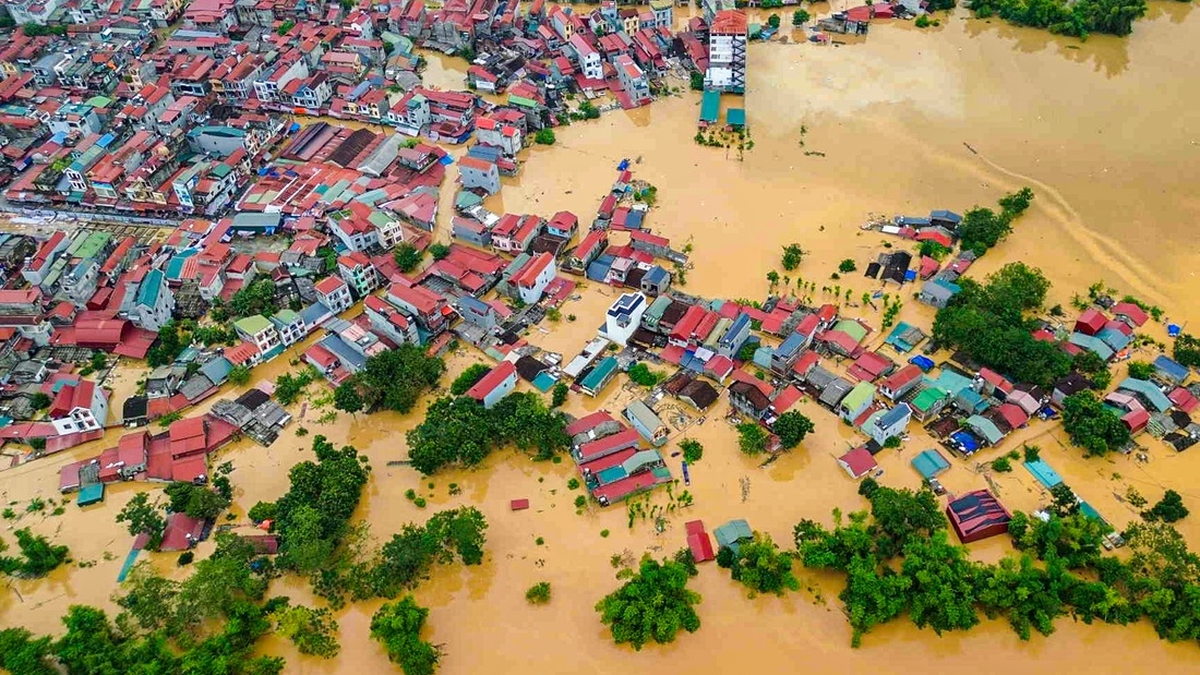






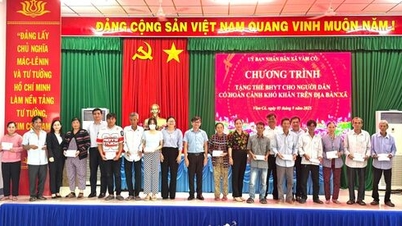





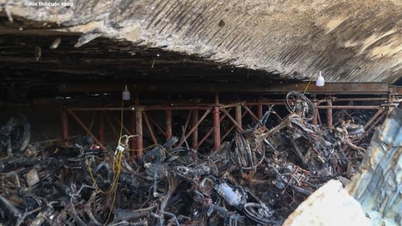



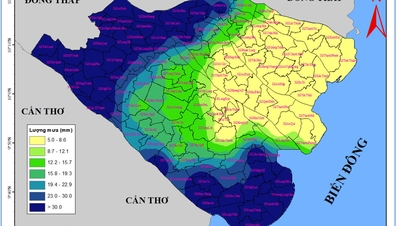







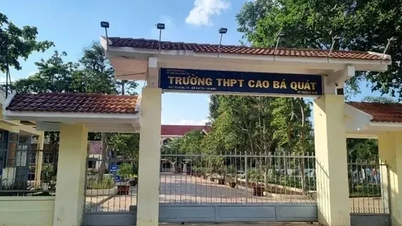


























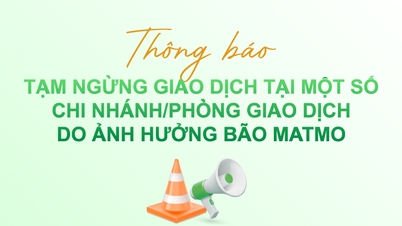


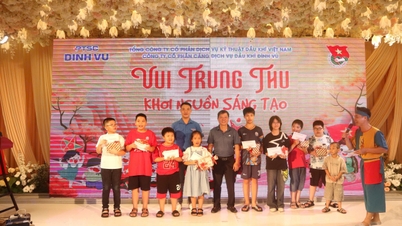



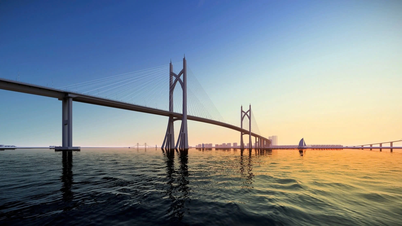
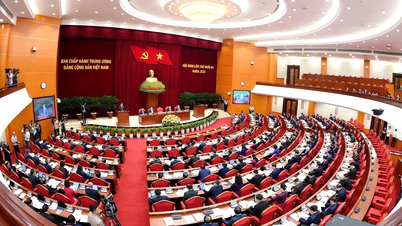


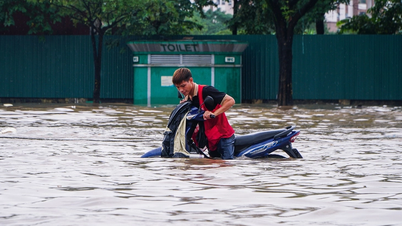




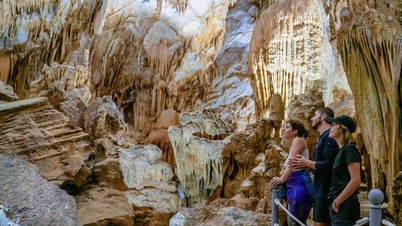

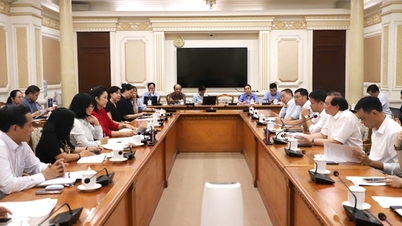




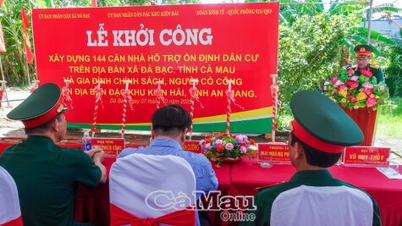




















Comment (0)